After Mission Impossible Fallout, a definitive ranking of Tom Cruise’s spy series
After Mission: Impossible - Fallout, the sixth film in the increasingly entertaining series, let’s rank every film in Tom Cruise’s Mission: Impossible films. Light the fuse.
Ironically for a film series starring Tom Cruise, Mission: Impossible took its own sweet time finding its foot. Like a fledgling television show, unsure of which direction to take - honour the source material or evolve into its own thing? - it took a couple of films before the MI series found its identity.
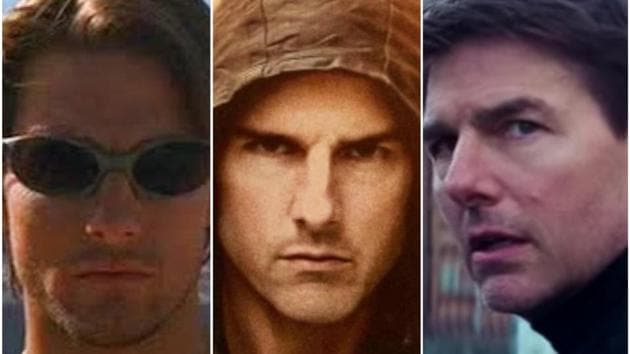
And for the series’ success, we must thank JJ Abrams, whom Cruise handpicked to direct Mission: Impossible III after David Fincher (yes, David Fincher was once in the running!) dropped out due to creative differences. Abrams, a veteran TV man, hadn’t directed a feature film before, and it had been five years since the last MI film. So Paramount needed a lot of convincing, and Cruise even took a pay cut to get him on board.

So in a weird way, we have Tom Cruise to thank for the powerhouse Abrams has become - not that he couldn’t have done it without the leg-up - but Mission: Impossible III really alerted the world to Abrams’ skills as a blockbuster director.
Everything you love about the current MI films originated in Mission Impossible III - the large-scale stunts, the interplay between the team and the added layers to Ethan Hunt’s character. Before the third movie, the series had in turn experimented with being an old-school spy thriller and an outright action film - neither of which were a perfect fit. Abrams decided that the best way forward - and this was years before Skyfall - was to explore Hunt as a real person, to surround him with people he could call friends, to develop these characters over several films and not just have a revolving door of supporting players in each new entry.
So in celebration of Mission: Impossible - Fallout, the sixth film in the increasingly entertaining series, let’s rank the Mission: Impossible films. Light the fuse.
Mission: Impossible 2
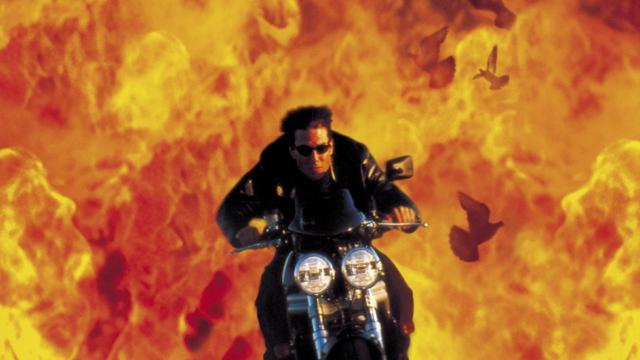
Here’s the thing about having characters who are adept at using guns - very soon, and with good reason, they escape every difficult situation by waving one about. And difficult situations, as we know, is where Ethan Hunt thrives. How often have we watched him beat down a room full of bad guys, despite being chained to the ceiling? He’s an improviser, the guy who uses ordinary, everyday objects to extraordinary effect. By hiring John Woo to direct MI 2, and by handing Hunt multiple guns to shoot his way out of every tough spot was antithetical to the very essence of Ethan Hunt, it robbed the character of his ingenuity, and the film of every last drop of suspense.
Mission: Impossible
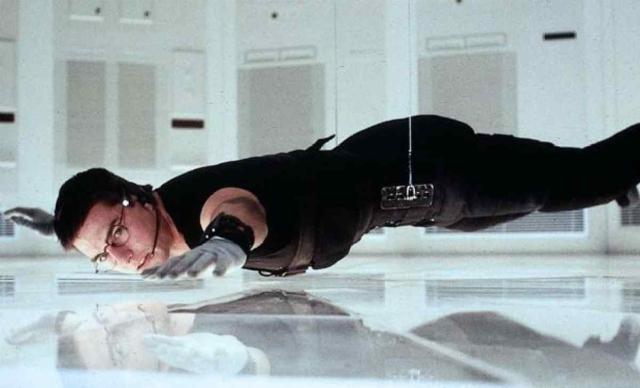
It’ll be interesting to observe someone who has grown up with the more recent Mission: Impossible films to go back and watch the first one. Directed by Brian De Palma of all people, the movie established Cruise as the biggest action star on the planet - a position he has yet to relinquish, even almost three decades later. But curiously enough, the first MI movie barely had any action to speak of. It was a more old-fashioned spy thriller, very low-key, and more concerned with the process of getting from A to B than showing the big arrival. Frankly, it doesn’t hold up, despite the international cast and A-list names both in front of and behind the camera.
Mission: Impossible - Rogue Nation
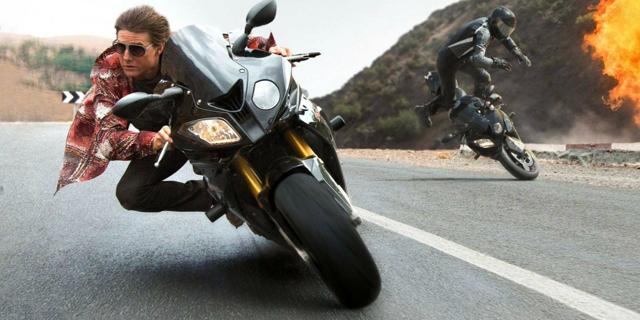
No one really remembers the finer details of any Mission: Impossible movie’s plot - arms dealers are usually involved, and also turncoat handlers. In many ways, the MI movies are defined by individual moments more than larger arcs. Rogue Nation is the perfect example of that. You’d remember the crazy opening sequence, or the excellent Vienna opera scene or the unbroken underwater shot, but despite casting Sean Harris, the villain was largely forgettable, and so was the plot, and the slightly anticlimactic ending. But in director Christopher McQuarrie, the franchise found a fresh new voice to guide it into the future. Rogue Nation was a sleek action film, stylishly shot and scored, with Cruise compensating for whatever little flaws here and there.
Mission: Impossible - Fallout

Fallout is classic Mission Impossible. It is also perhaps the first film in the series that feels very much like a direct sequel to its immediate predecessor. There is a rhythmic ecstasy to its action scenes, a melodic glory that is not only rare, but almost unheard of on this scale. And in virtually every frame, grounding the often cartoonish narrative in realism and emotional heft, is Tom Cruise.
Mission: Impossible - Ghost Protocol
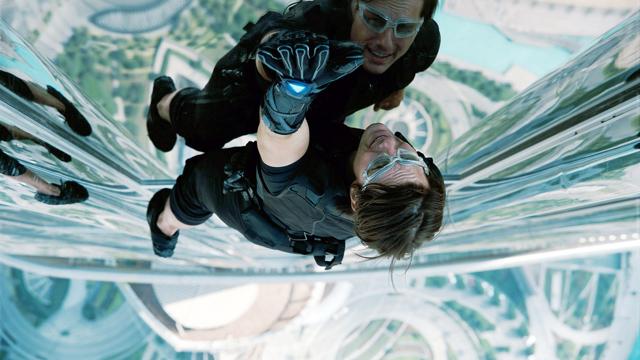
You know, most people remember Ghost Protocol for its series-defining action set pieces - and rightfully so - but in my opinion some of the most memorable moments of the film are its quieter ones. For example, remember the hallway hologram sequence? It’s a masterclass in visual storytelling. Not once does Benji sit Ethan down and explain the mechanics of the scene, but through pure cinema, we’re with them, every step of the way. And once we’ve understood how the tech works, director Brad Bird cuts together a deliriously entertaining scene that encapsulates all that we love about the MI series. Sure, the Burj Khalifa sequence is bonkers, but do you remember that they blew up the Kremlin (the Kremlin!) in this movie too?
Mission: Impossible III
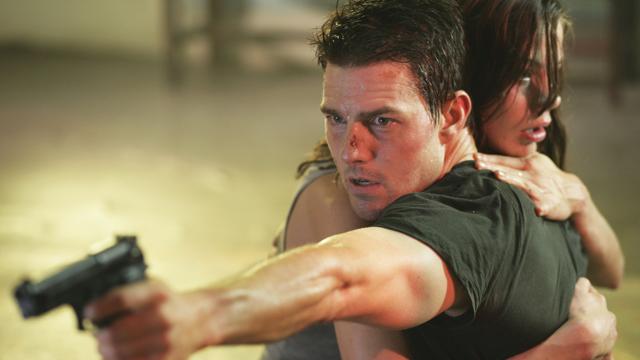
MI III did for this franchise what Fast 5 did for that one. It reinvigorated interest in a series that had remained dormant for a number of years, by adding elements that would go on to define it. No one has been able to come close to what the late, great Philip Seymour Hoffman achieved with the film’s villain, Owen Davian. He was truly frightening, and an unquestionably formidable opponent. Davian didn’t care about his plans being derailed - to him, Ethan was bigger than just an obstacle he had to overcome, he was the enemy. And Davian, like every good villain, knew that to avoid future trouble from Ethan, he had to kill his very spirit. MI III is by far the series’ most emotional movie, and is bookended by death, always driven by personal stakes and not the need to stop global cataclysm. No one remembers what the Rabbit’s Foot really was, but everyone remembers that cracking cold open, in which Tom Cruise displayed every emotion - anger, desperation, rage, defeat - in the span of a couple of minutes.
Follow @htshowbiz for more
The author tweets @RohanNaahar






